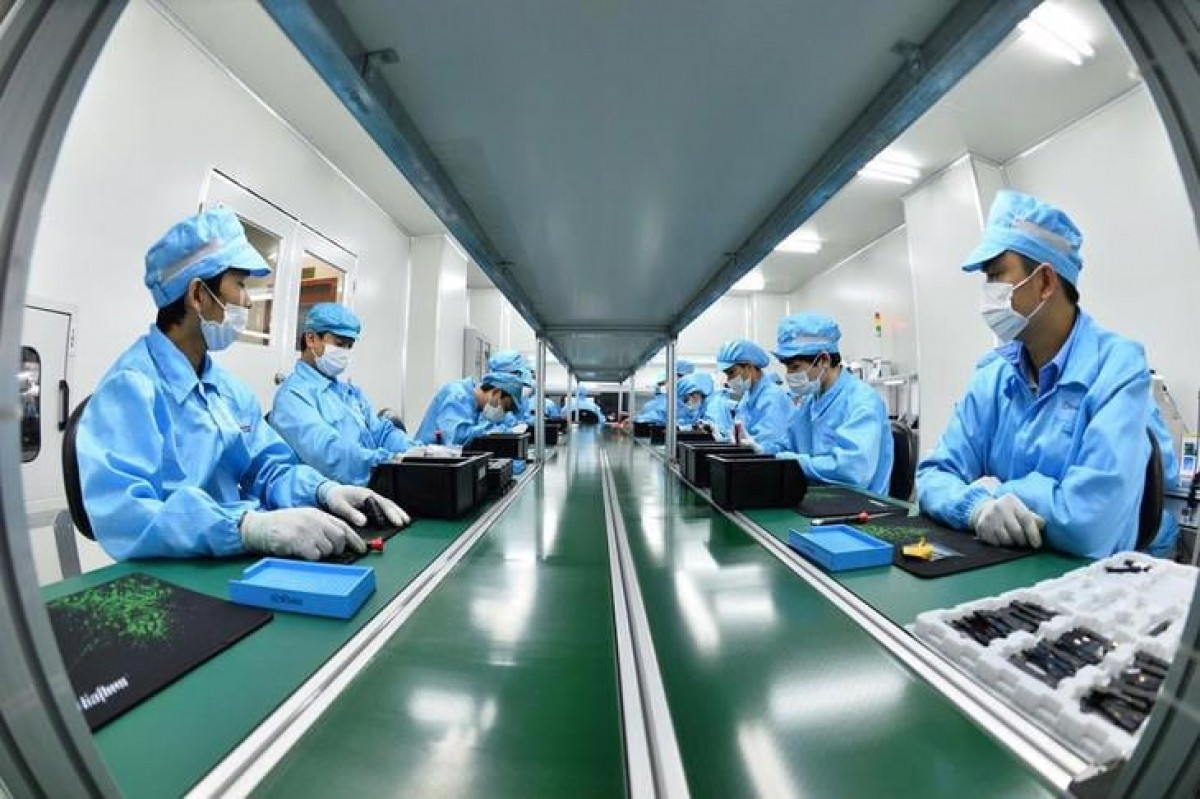
The bank said the national economy has been recovering gradually after the government adopted a strategy of living safely with COVID-19 and stepped up vaccinations, making it easier for business and production activities to gather steam.
The service sector is expected to bounce back as consumer confidence is restored and foreign tourism is set to gradually resume from the middle of the year. In addition, manufacturing exports are expected to grow at a slower pace mirroring moderating growth in major Vietnamese export markets, including the United States, the EU, and China.
However, the bank stated the economy is facing serious downside risks from possible new SARS-CoV-2 virus variants, the global impact of the ongoing Russia-Ukraine armed conflict, rising commodity prices, and an economic slowdown in its major export markets.
Economic recovery will also hinge on the rebound of domestic private demand, which has so far been slow. With a strong economic rebound underway since the start of the year, providing that the Government deploys a strong fiscal policy support then the impact on economic growth could be mitigated.
WB experts noted that monetary policy will also need to remain accommodative, with continued vigilance to contain financial sector risks. Additional shocks could lead to a low case scenario of GDP growing 4% this year, with growth recovering to 6% and 6.5% in 2023 and 2024, respectively.
Over the medium term, the bank said the country’s vision to become an upper-middle income economy is largely dependent on its ability to evolve from its current growth model to become a productivity and innovation led growth model.
The Government’s institutional capacity to shepherd major structural reforms is set to be a key lever in this transition, which will require additional focus on building a digitally transformed, greener, and more resilient economy.
Source: VOV